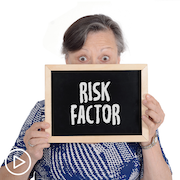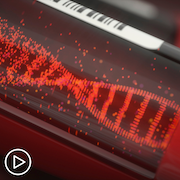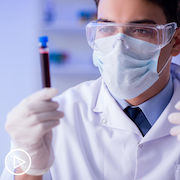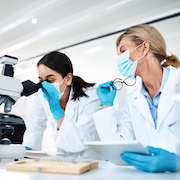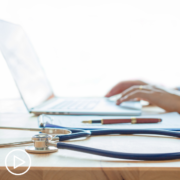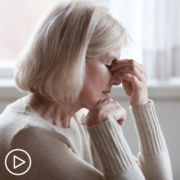Confusing CLL Terms Defined
Confusing CLL Terms Defined from Patient Empowerment Network on Vimeo.
What is FISH testing? What is IGHV? Physician assistant Danielle Roberts explains the meaning of these often confusing terms and their role in disease monitoring and CLL treatment decisions.
Danielle Roberts is a physician assistant with the Bone Marrow Stem Cell Transplant (BMT) team at Winship Cancer Institute at Emory University. Learn more here.
Related Resources

Practical Advice for Coping with a CLL Diagnosis: What’s Next? |

|
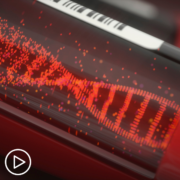
|
Transcript:
Danielle Roberts:
So, a FISH test is a test from your either blood in your bloodstream or from your bone marrow biopsy. And it stands for florescence in situ hybridization. And this is a highly specific test that looks at the chromosomal changes with CLL. This can be done in the peripheral blood or in the bone marrow.
And it’s important to remember that when we consider genetic testing and CLL, we aren’t talking about inherited genes, but the abnormalities that occur within the CLL itself.
So, an IGHV test is a mutational test that stands for the immunoglobulin heavy-chain variable gene locus. This can also be done in the peripheral blood and the bone marrow biopsy. This test can help us determine treatment options as well as help with determining what high-risk features there are for your particular disease.
So, 17p deletion is the deletion of the long arm of chromosome 17. This can be seen at initial diagnosis or it can be acquired later on in disease progression. So, for all patients this is one of the more important tests that if you’re going to ask your doctor if you’ve had, you should ask at a diagnosis. If you’ve relapsed later on, you should ask again if that mutational status is being observed or checked in your follow-up testing.
17p deletion is something that can be acquired along the course of your disease progression. It is not always seen at initial diagnosis but can be acquired if you are relapsed or refractory. Therefore I recommend that every time you’re having peripheral blood for flow or if you’re having bone marrow biopsies, especially if it’s for treatment planning purposes, you should advocate to your physician team to make sure that this test is being performed as it will drive – or as it can drive treatment decision-making.




